Per gli amanti della cannabis, la qualità della loro scorta è fondamentale. Ma una delle minacce più preoccupanti per la tua cannabis è la muffa. La cannabis ammuffita non è solo un inconveniente; pone seri rischi per la salute che possono avere un impatto sia sugli utilizzatori occasionali che su quelli cronici. Con l'aumento della coltivazione domestica e la disponibilità di cannabis in varie forme, è essenziale capire come identificare la muffa e sapere cosa fare al riguardo.
La muffa è un tipo di fungo che prospera in ambienti umidi, caldi e scarsamente ventilati. Può facilmente radicarsi nella cannabis conservata in modo improprio, causando problemi significativi sia per i coltivatori personali che commerciali. Il consumo di cannabis ammuffita può portare a complicazioni respiratorie, reazioni allergiche e persino problemi di salute a lungo termine. In questo blog, esploreremo i segnali comuni di muffa sulla cannabis, perché è pericolosa e come puoi prevenirla per garantire un'esperienza sicura e piacevole.
Perché la muffa cresce sulla cannabis

La cannabis è una pianta e, come qualsiasi materiale organico, è suscettibile a muffe e funghi. Le spore di muffa sono ovunque: nell'aria, sulle superfici e persino nel terreno. Nelle giuste condizioni, queste spore possono depositarsi sulla cannabis e iniziare a crescere. I tipi più comuni di muffa presenti sulla cannabis includono Aspergillus, Botrytis (noto anche come marciume delle gemme) e Penicillium. Comprendere i fattori che contribuiscono alla crescita della muffa può aiutarti a prendere misure proattive per proteggere la tua scorta.
Fattori che favoriscono la crescita della muffa
Umidità: la cannabis prospera in un intervallo di umidità attentamente bilanciato, solitamente tra il 55 e il 65% durante la conservazione. Quando i livelli di umidità superano il 65%, il rischio di crescita della muffa aumenta esponenzialmente. Ciò è particolarmente importante per i coltivatori domestici che potrebbero essiccare o curare la loro cannabis senza attrezzature professionali.
Temperatura: la muffa prospera a temperature elevate. La cannabis conservata in un ambiente con temperature superiori a 70 °F (21 °C) ha un rischio maggiore di sviluppare muffa. Uno spazio fresco, asciutto e ben ventilato è l'ideale sia per conservare che per far maturare la cannabis.
Concia non corretta: il processo di concia è essenziale per una cannabis di alta qualità, ma deve essere eseguito correttamente. Le cime troppo umide o non completamente essiccate sono terreno fertile per la muffa. Il processo di stagionatura prevede un attento controllo dell'umidità e della temperatura per garantire che le gemme siano asciutte ma non fragili.
Se sei interessato a come coltivare correttamente la tua pianta, dovresti leggere la nostra guida "Piantare semi di cannabis: passaggi essenziali per una crescita ottimale".
Identificare la muffa sulla cannabis: cosa cercare
Individuare la muffa sulla cannabis può essere complicato, soprattutto se non si è sicuri di cosa cercare. La muffa può presentarsi in una varietà di forme, colori e consistenze, rendendo essenziale essere vigili. La cannabis ammuffita spesso ha un aspetto diverso dalle cime sane e ricoperte di tricomi, ma le differenze possono essere sottili.
Segnali visivi di muffa
Macchie pelose bianche o grigie: uno dei segni più comuni di muffa è la comparsa di macchie pelose simili a ragnatele di colore bianco o grigio. Queste macchie sono solitamente facili da individuare sulla superficie delle cime, ma possono anche essere nascoste in profondità all'interno di cime dense.
Oidio: questo tipo di muffald sembra un sottile strato di zucchero a velo che ricopre le foglie o le gemme. Di solito è bianco o grigio chiaro e può essere trovato sia sulle superfici esterne che interne della pianta.
Foglie ingiallite: se coltivi cannabis, le foglie ingiallite a volte possono indicare muffa o funghi. Sebbene l'ingiallimento possa essere causato da una serie di fattori, è una buona idea controllare altri segni di muffa se li noti.
Test dell'olfatto: ha un cattivo odore?
La cannabis ammuffita ha spesso un odore distinto e ammuffito, simile a quello dei vestiti umidi o di una cantina. L'odore è notevolmente diverso dall'aroma fragrante, puzzolente o agrumato che ha in genere la cannabis sana. Se la tua cannabis ha un odore strano o un forte odore simile all'ammoniaca, è un forte segnale che è presente della muffa. Fidati sempre dei tuoi sensi: se qualcosa ha un odore strano, probabilmente è così.
Utilizzo di una lente di ingrandimento
A volte, la muffa può essere così sottile che è difficile vederla a occhio nudo. Utilizzare una lente di ingrandimento o una lente da gioielliere può aiutarti a ispezionare le tue cime più a fondo. Cerca piccole strutture simili a peli o colori insoliti che non assomigliano ai tricomi naturali della pianta. I tricomi sani sono lucidi, cristallini e di colore uniforme, mentre la muffa tende ad apparire irregolare e pelosa.
Perché la cannabis ammuffita è pericolosa

Mentre il pane o il formaggio ammuffiti possono essere sgradevoli, la cannabis ammuffita presenta rischi unici per la salute, soprattutto se inalata. L'inalazione di spore di muffa può causare gravi problemi respiratori, tra cui infezioni polmonari e reazioni allergiche. Le persone con un sistema immunitario compromesso o con patologie polmonari preesistenti, come l'asma, corrono un rischio ancora maggiore.
Rischi per la salute derivanti dall'inalazione di muffa
Infezioni respiratorie: le spore di muffa possono causare infezioni respiratorie, che possono manifestarsi con tosse persistente, respiro sibilante o mancanza di respiro. In alcuni casi, l'infezione può diventare grave e richiedere cure mediche.
Reazioni allergiche: i sintomi di una reazione allergica alla cannabis ammuffita possono includere starnuti, prurito agli occhi e naso che cola. Alcune persone possono anche avere eruzioni cutanee o sintomi più gravi come difficoltà respiratorie.
Infezioni fungine: una delle muffe più preoccupanti trovate sulla cannabis è l'Aspergillus, un fungo che può causare infezioni polmonari potenzialmente letali, in particolare nelle persone con un sistema immunitario indebolito. Le infezioni fungine possono essere difficili da curare e possono portare a complicazioni di salute a lungo termine.
Problemi di contaminazione chimica
Oltre alla muffa, la cannabis mal conservata o contaminata può ospitare sostanze chimiche nocive. Ad esempio, se durante la coltivazione sono stati utilizzati pesticidi o altre tossine e si sviluppa della muffa, la combinazione può essere particolarmente dannosa. Ecco perché è essenziale procurarsi la cannabis da fornitori affidabili ed essere vigili sulle condizioni di conservazione.
Come prevenire la muffa sulla cannabis
La prevenzione è la migliore difesa contro la cannabis ammuffita. Prendendo alcune semplici precauzioni, puoi ridurre significativamente il rischio che si sviluppi muffa sulle tue gemme.
Tecniche di conservazione adeguate
Usa contenitori ermetici: i barattoli di vetro con guarnizioni ermetiche sono ideali per conservare la cannabis. Questi contenitori impediscono all'umidità di entrare, preservando al contempo i sapori naturali e la potenza delle gemme. Evita i sacchetti di plastica, poiché possono creare elettricità statica e causare la perdita di tricomi.Controlla l'umidità con i pacchetti di umidità: i pacchetti di umidità, come quelli prodotti da Boveda, sono un modo eccellente per mantenere la tua cannabis al livello di umidità ideale. Questi pacchetti aiutano a mantenere un intervallo di umidità costante, riducendo il rischio di crescita di muffe.
Mantienila al fresco: conserva la tua cannabis in un luogo fresco e buio, lontano dalla luce solare diretta. Calore e luce eccessivi possono degradare i cannabinoidi e i terpeni, oltre a favorire la crescita di muffe.
Concia e essiccazione per i coltivatori
Se sei un coltivatore domestico, la concia e l'essiccazione sono passaggi fondamentali che possono fare la differenza nel tuo raccolto. Assicurati che il tuo spazio di essiccazione sia ben ventilato e che l'umidificatorety è attentamente monitorata. Il processo di stagionatura dovrebbe essere lento e costante, consentendo all'umidità in eccesso di fuoriuscire preservando al contempo la qualità delle gemme.
Cosa fare se trovi della muffa
Se scopri della muffa sulla tua cannabis, è meglio scartarla immediatamente. Non esiste un modo sicuro per salvare l'erba ammuffita, poiché le spore di muffa possono diffondersi in tutta la gemma, anche se non sono visibili. Fumare o vaporizzare cannabis ammuffita può introdurre spore dannose nei polmoni e cucinarla per trasformarla in prodotti commestibili non elimina il rischio.
È possibile utilizzare l'erba ammuffita per gli estratti?
Alcune persone credono che la cannabis ammuffita possa essere salvata trasformandola in concentrati o estratti, ma si tratta di un malinteso. Il processo di estrazione non rimuove necessariamente tutte le spore di muffa o le tossine, rendendola non sicura da consumare. Dai sempre priorità alla tua salute e sicurezza smaltisci la cannabis ammuffita.
Conclusione
La muffa sulla cannabis è un problema serio che può compromettere non solo la qualità della tua scorta, ma anche la tua salute. Essere in grado di identificare i segni della muffa, comprendere le condizioni che ne favoriscono la crescita e adottare misure per prevenirla sono fondamentali per qualsiasi consumatore di cannabis. Conservando correttamente la tua cannabis e rimanendo vigile, puoi goderti la tua esperienza senza la preoccupazione della contaminazione da muffa.
Ricorda, in caso di dubbio, buttala via. La tua salute è troppo importante per rischiare di inalare spore di muffa dannose. Restando informati e proattivi, puoi mantenere la tua cannabis fresca, potente e, soprattutto, sicura da consumare.



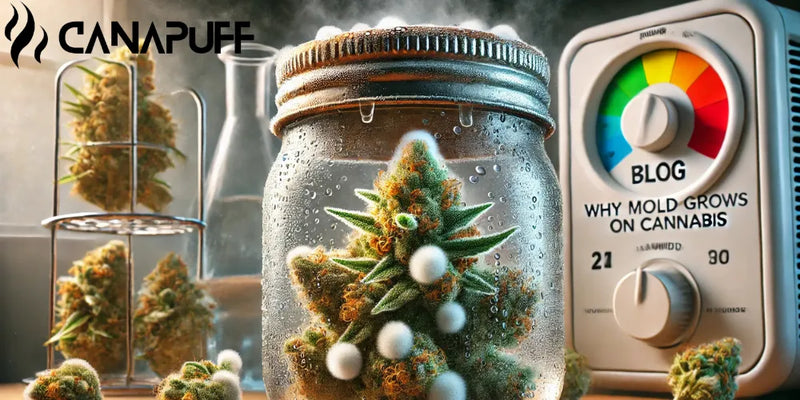

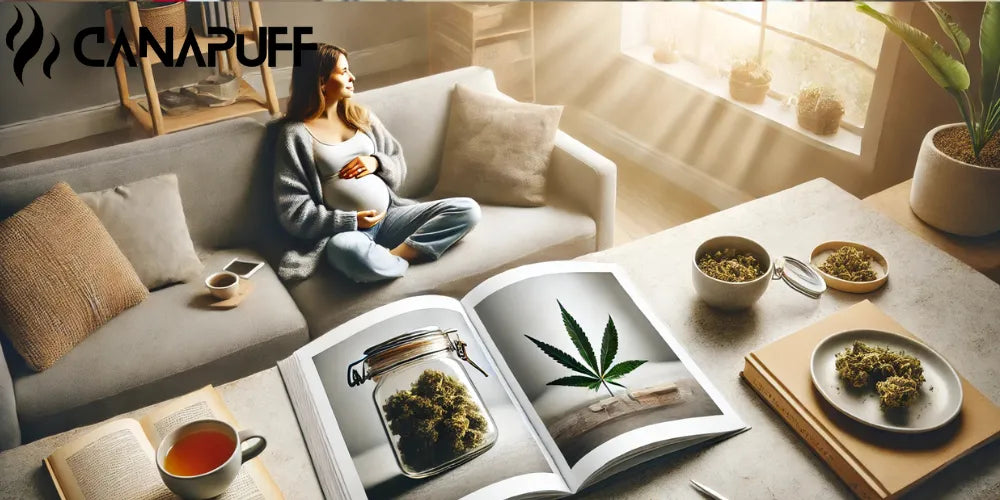
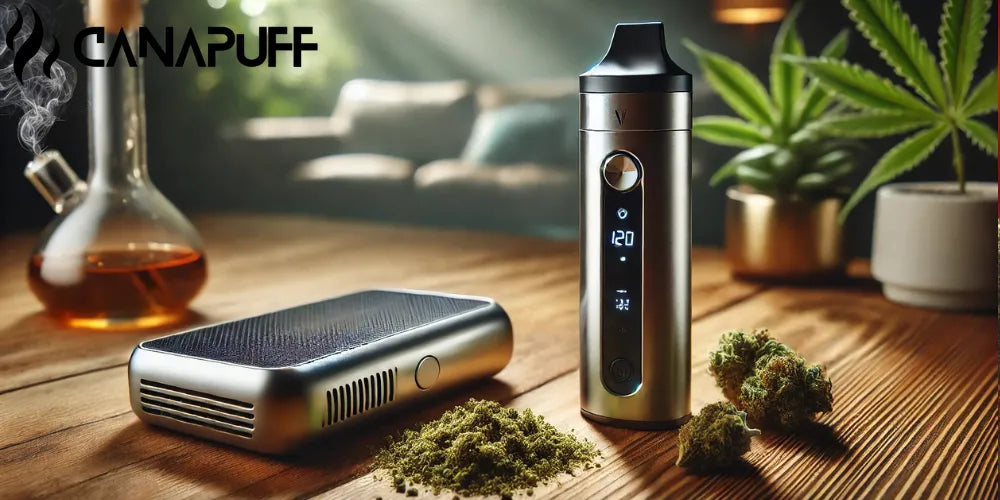
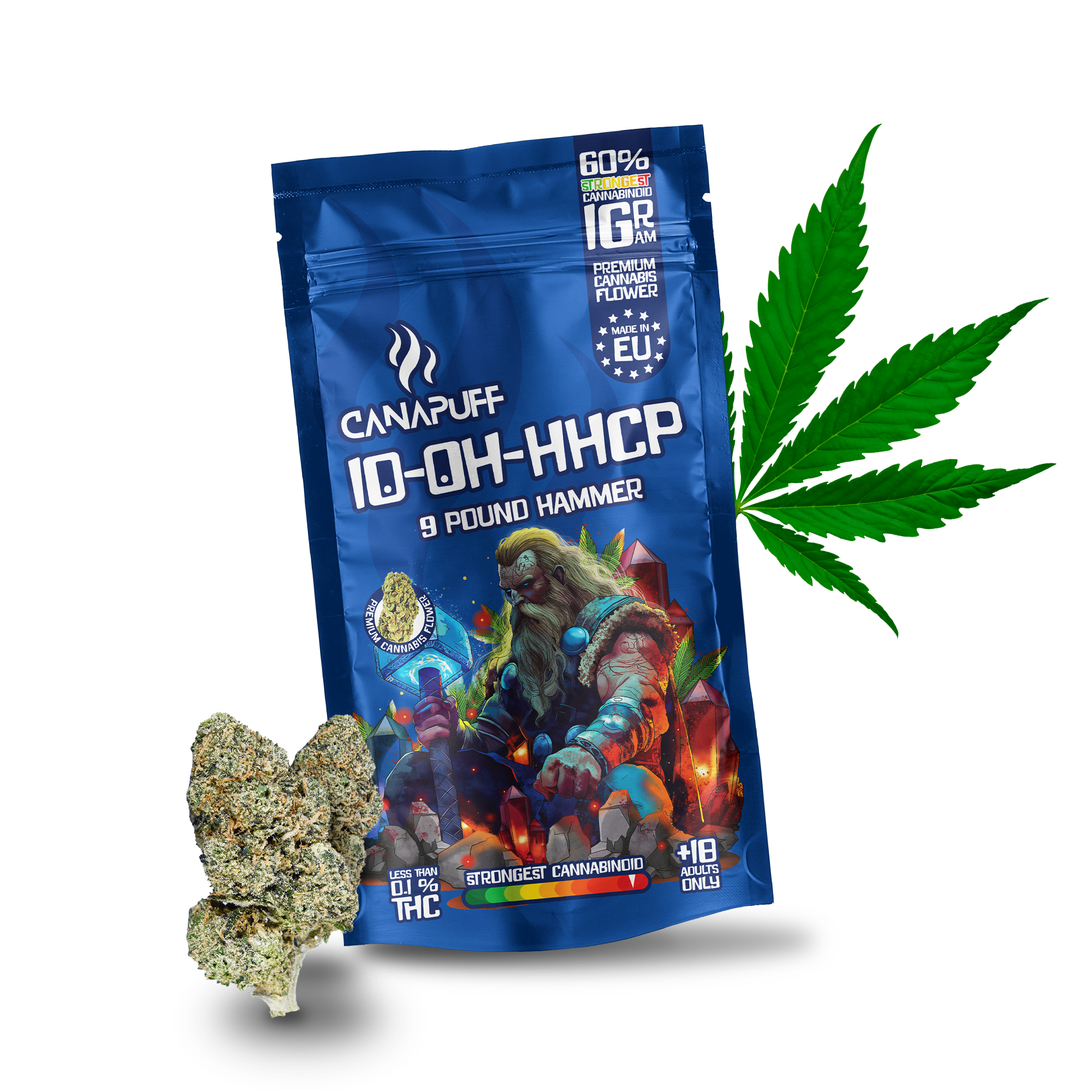
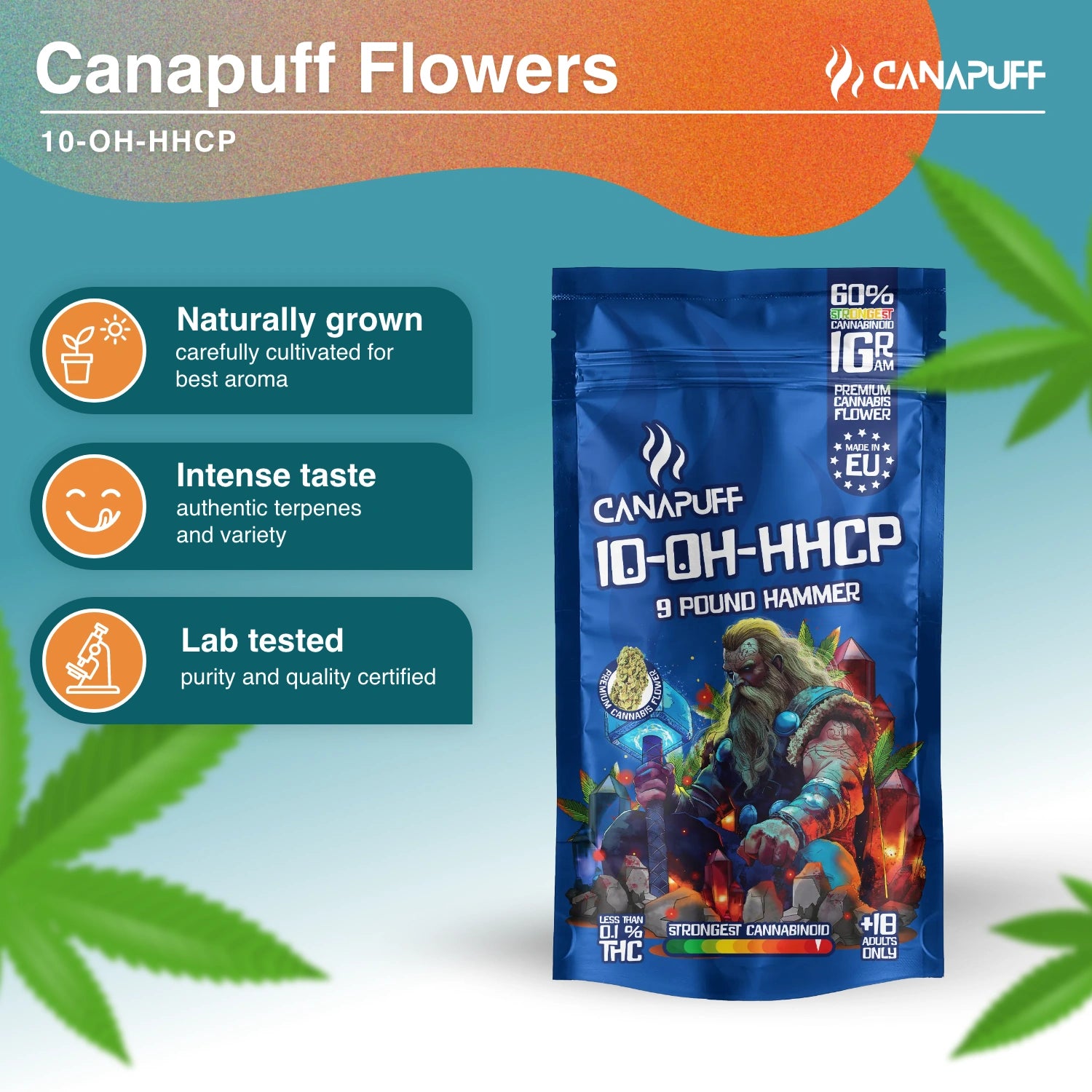
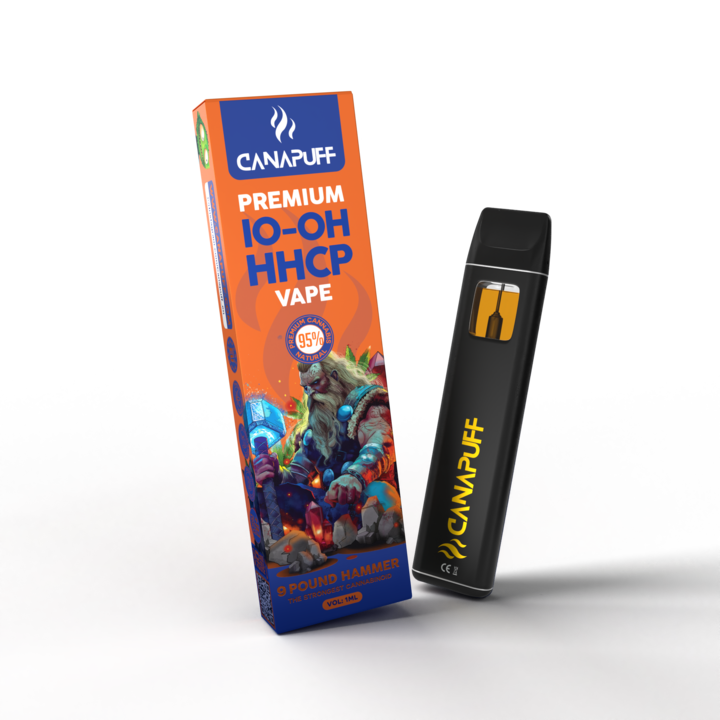
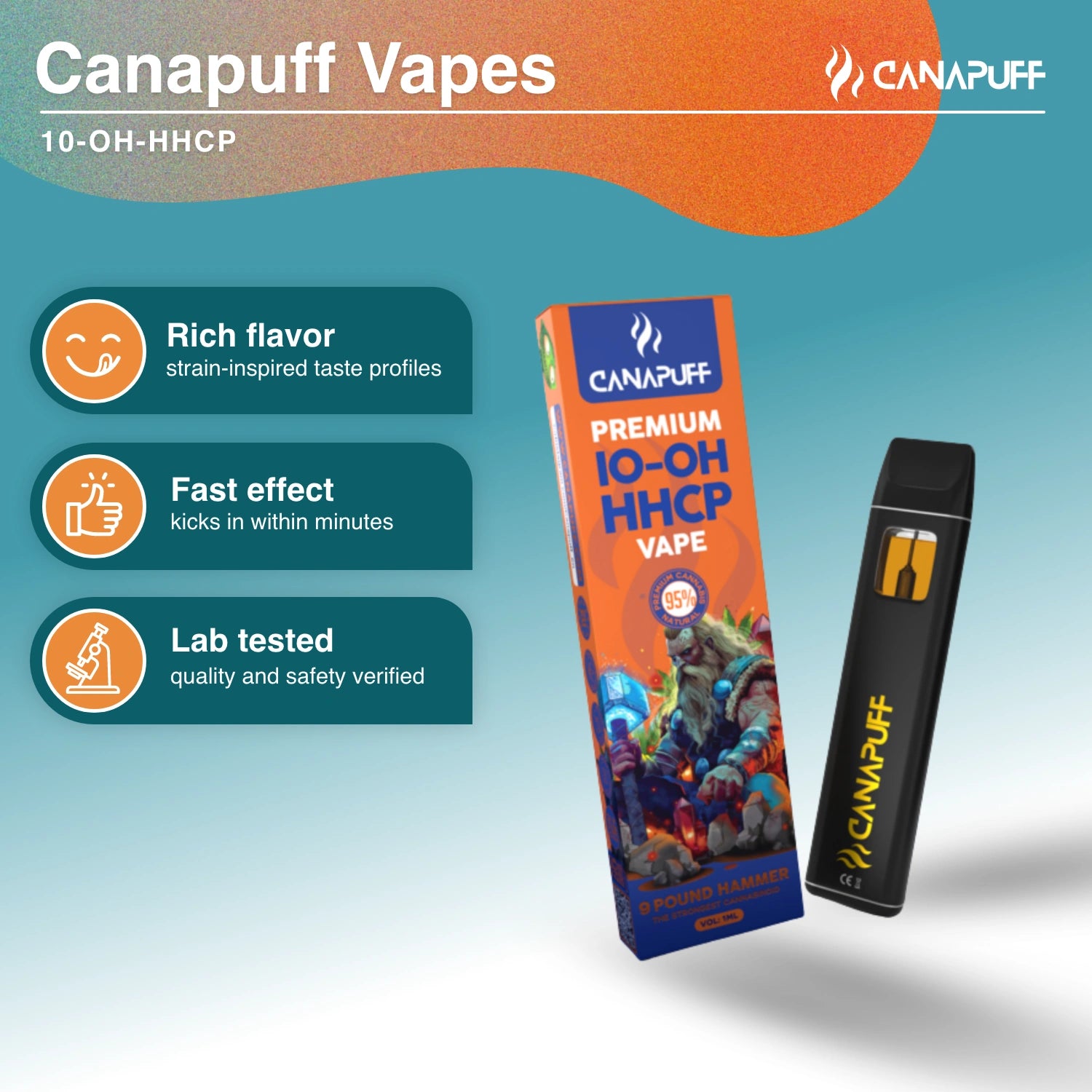
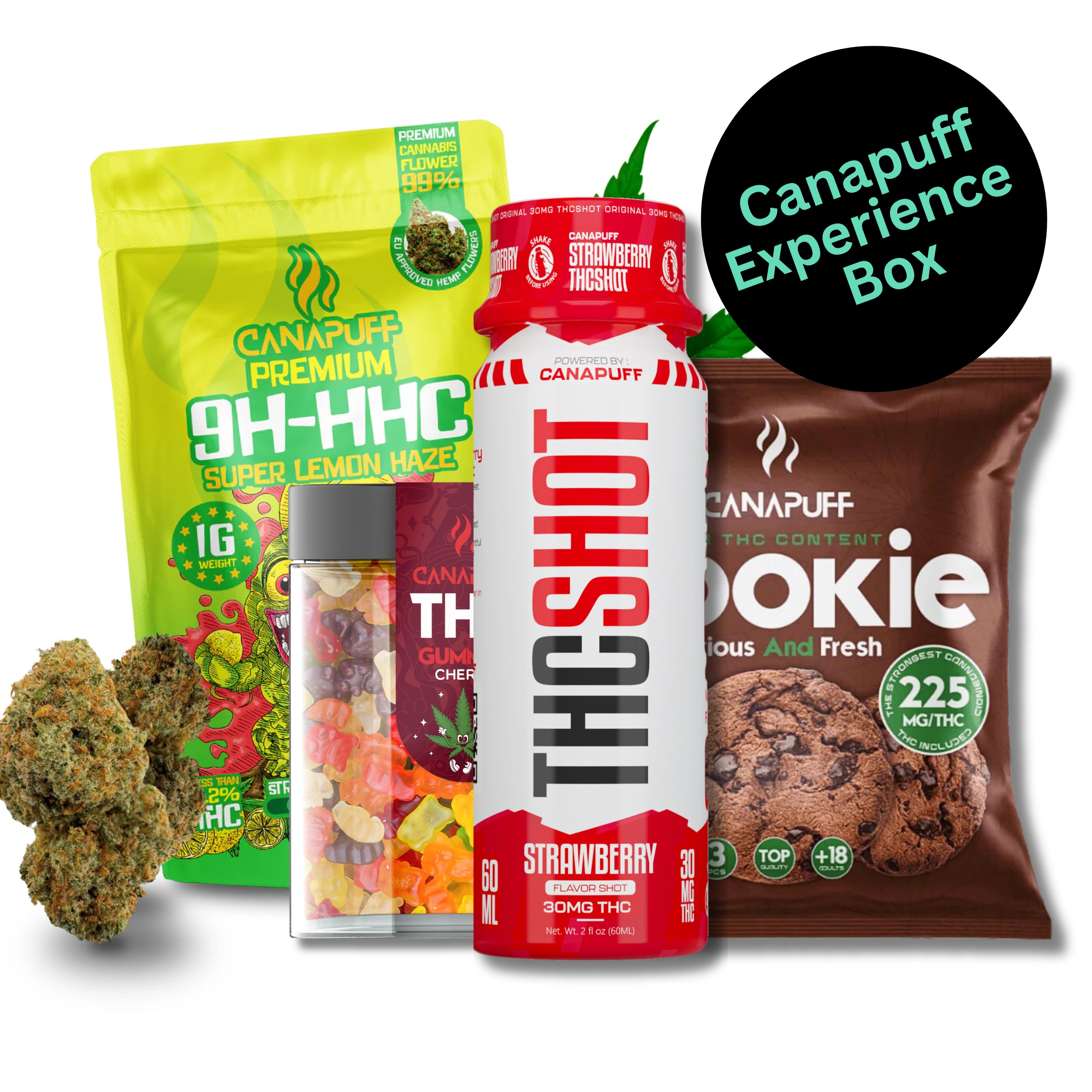




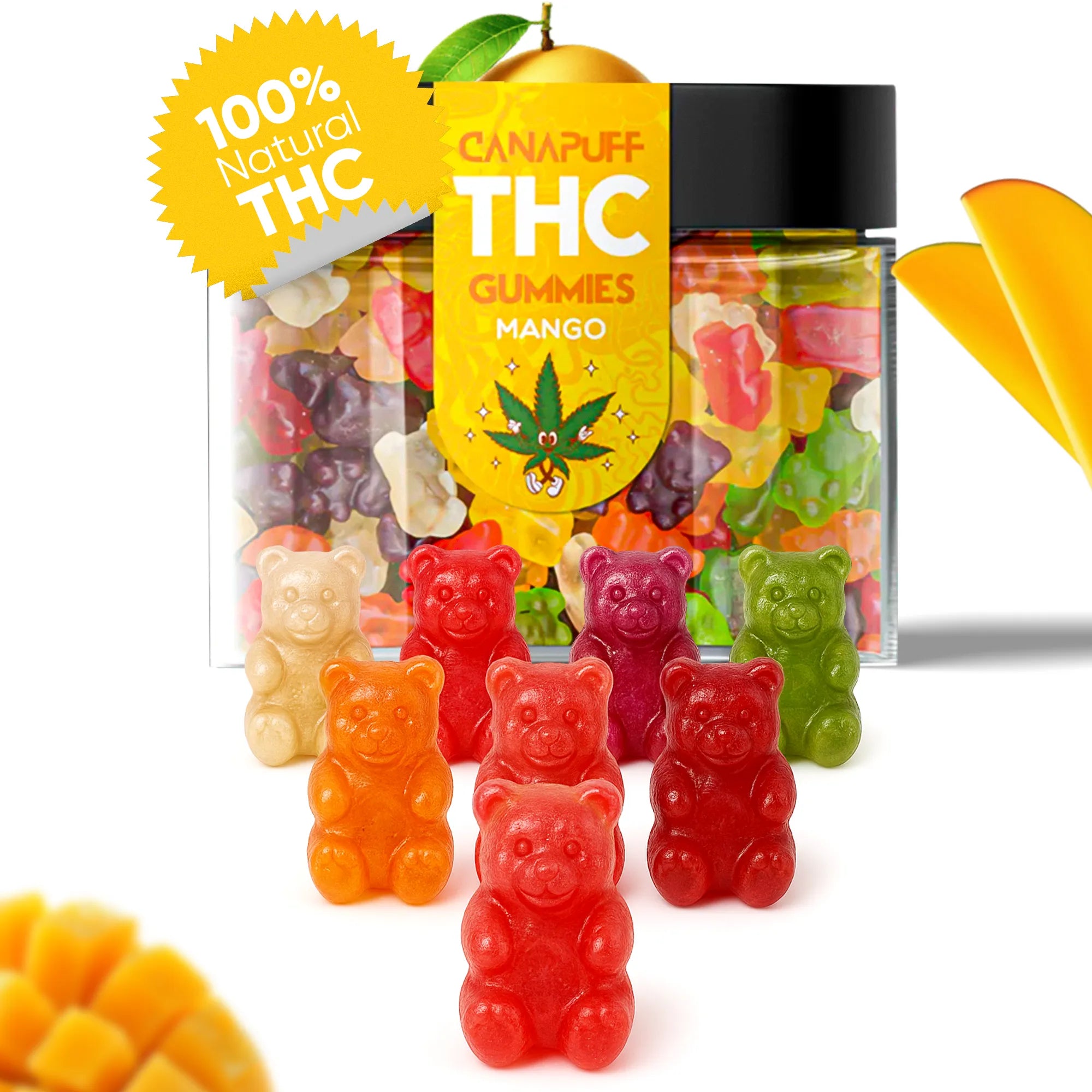






Commenta
Questo sito è protetto da hCaptcha e applica le Norme sulla privacy e i Termini di servizio di hCaptcha.